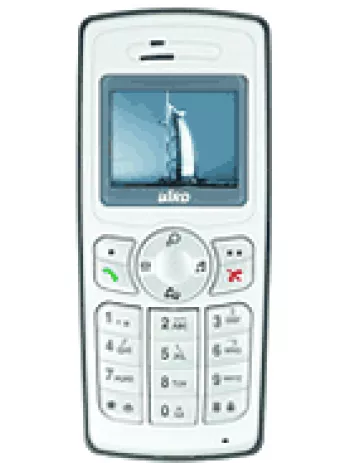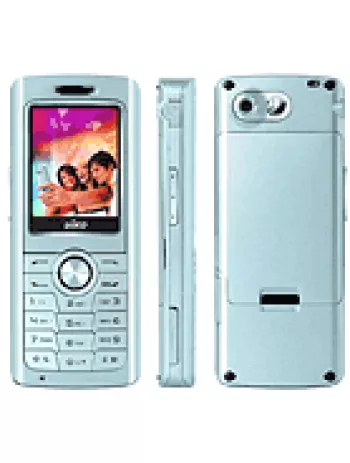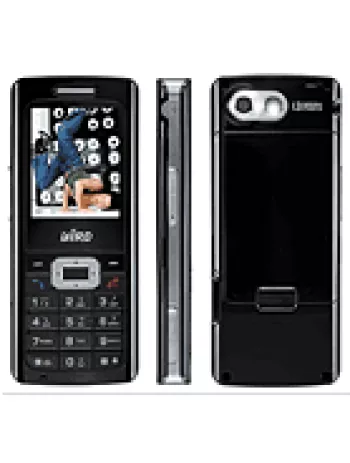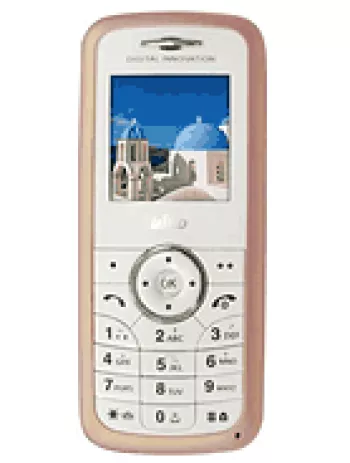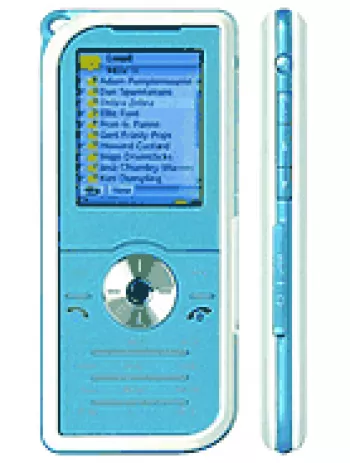
Network and Connectivity
The Bird S768 operates on GSM 900 / 1800 networks, which are quite common for phones during its announced release year of 2007. However, for modern standards, this might be considered very basic connectivity, as the phone does not support GPRS or EDGE. Such limitations mean that the device was primarily designed for voice communication rather than data connectivity, typical for feature phones of its time.
Launch Details
The Bird S768 was announced in 2007, but interestingly, it never made it to production. The status of the phone is cancelled, indicating that it might have been intended as a prototype or encountered unforeseen challenges that prevented its release into the consumer market.
Design and Build
The device features a compact and lightweight design with dimensions of 105 x 46 x 10 mm and a weight of just 75 g. It's a portable and easy-to-carry phone suitable for users looking for simplicity. The phone adopts a conventional Mini-SIM, a common size prior to the widespread adoption of micro and nano SIM cards.
Display Characteristics
The Bird S768 is equipped with a CSTN display capable of showing 65K colors. Although adequate for basic tasks, CSTN displays are not as vibrant or responsive as the more modern LCD or OLED displays. The display measures 1.8 inches, providing a resolution of 128 x 160 pixels, which corresponds to a density of around 114 ppi. This specification implies that the screen would be suitable for basic tasks like reading messages or navigating menus without offering sharp clarity.
Memory and Storage
For memory, the phone supports a microSD slot, allowing for storage expansion. This feature is crucial, especially considering the era it was intended for, as internal storage in feature phones was typically minimal. The phonebook can hold numerous contacts, and it keeps track of up to 20 dialed, received, and missed calls each, providing adequate call logging for general use.
Audio Features
Sound-wise, the Bird S768 includes a loudspeaker and supports vibration alerts along with downloadable polyphonic and MP3 ringtones. However, it lacks a 3.5mm headphone jack, which limits traditional headphone connectivity, a common omission in many budget and feature phones of its time.
Communication Features
The Bird S768 does not support modern wireless communications such as WLAN or Bluetooth, which were gaining popularity around 2007. For position-related services, there is no GPS. However, it does come with an FM radio, providing users with basic audio entertainment. The device uses a proprietary USB connector for charging and data transfer, a common feature in non-smartphones that limits compatibility with more modern accessories.
Additional Features
Considering its feature phone status, the Bird S768 centers around basic phone functionalities such as SMS messaging and allows for playing built-in games. It does not include any sensors or support for Java, which limits its capability to run additional applications or more advanced tasks. Moreover, it lacks a web browser, aligning with its primary function as a communication device rather than an internet interfacing tool.
Power and Battery
The device is powered by a removable Li-Ion 700 mAh battery, offering up to 150 hours of standby time and around 4 hours of talk time. Such battery life is modest by today's standards but reasonable, given the phone's limited functionalities which would likely put less strain on the battery.
Color Options
The phone comes in two color variations: Pink and Blue, providing some personalization options for potential users who may prefer style beside basic functionality. Such color choices are more appealing to a broader range of users and add a touch of personality to the device's simplistic design.
Conclusion
Overall, the Bird S768 is characteristic of feature phones from the mid-2000s, focusing on basic telecommunication needs with a few additional features for convenience and slight personalization. Although it never reached the consumer market, its design and specifications are reflective of the time and demonstrate the incremental technological advancements leading up to the smartphones we use today. The lack of complex functionalities places it squarely in the category of devices made for users who prioritize voice and text communication without the need for modern smartphone capabilities.
Key Features of Bird S768
- Compact and lightweight design (105 x 46 x 10 mm, 75 g)
- Support for GSM 900 / 1800 bands
- 1.8-inch CSTN display with 65K colors
- Expandable storage via microSD card slot
- FM radio for entertainment
- Removable Li-Ion 700 mAh battery with up to 150 hours standby time
- Lightweight with a weight of 75 grams
Disadvantages of Bird S768
- No GPRS or EDGE for mobile internet connectivity.
- Product was announced but subsequently cancelled, not available for purchase.
- No camera available for capturing photos or videos.
- No Bluetooth connectivity for wireless data transfer.
- Lacks WLAN capabilities, meaning no wireless internet access.
- No GPS positioning system or location services.
- No 3.5mm headphone jack, limiting audio accessory compatibility.
- Uses a proprietary USB port, which may limit compatibility with standard cables.
- No web browser support, limiting access to online content.
- Simple messaging system with only SMS support.
- Does not support Java applications.
View Also
More Phones
All Rights Reserved +14267 Phones © Mobilawy 2025




















